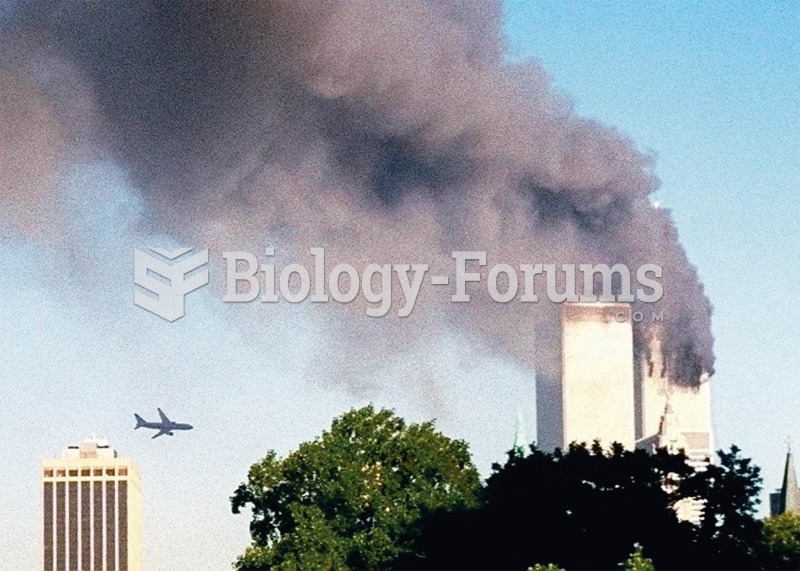Answer to Question 1
The four approaches to explaining criminal behavior are: classical, positivist, structural, and ethical. Each approaches suggests a different reason for why people engage in criminal behavior. The classical approach holds that individuals commit crime because they choose to do so. In an exercise of their free will, individuals choose the pleasure of the crime over any perceived pain of getting caught/punished. For classical thinkers, crime prevention rests on deterrence through the threat of apprehension (more cops on the street) and punishment (stiffer laws).
Positivists focus not on free will, but on other internal or external factors as the causes of crime. For example, there are biological factors (genes, chemical imbalances), psychological factors (problems with the human psyche), and sociological factors (bad environment). Crime is best prevented by bettering/reforming the individual's internal problems (counseling, medication) and external problems (better role models, better opportunities to success).
The structuralists believe that crime has deeper roots than the environment or the pursuit of pleasure. Instead, certain social, political, and economic conditions cause certain behaviors to be defined as criminal. Laws are tools of social control, rather than a means of protecting society from harm. To stop crime, society must change. Power and wealth should be redistributed so all members have a more equal, and greater, stake in society.
Lastly, there is the ethical view that sees crime as a moral failure in decision-making. A person fails to choose the proper course of conduct because he/she simply does not know the wrongfulness of the behavior. Education and reinforcement in ethical decision-making at an early age would help deter criminal behavior.
Answer to Question 2
Race







